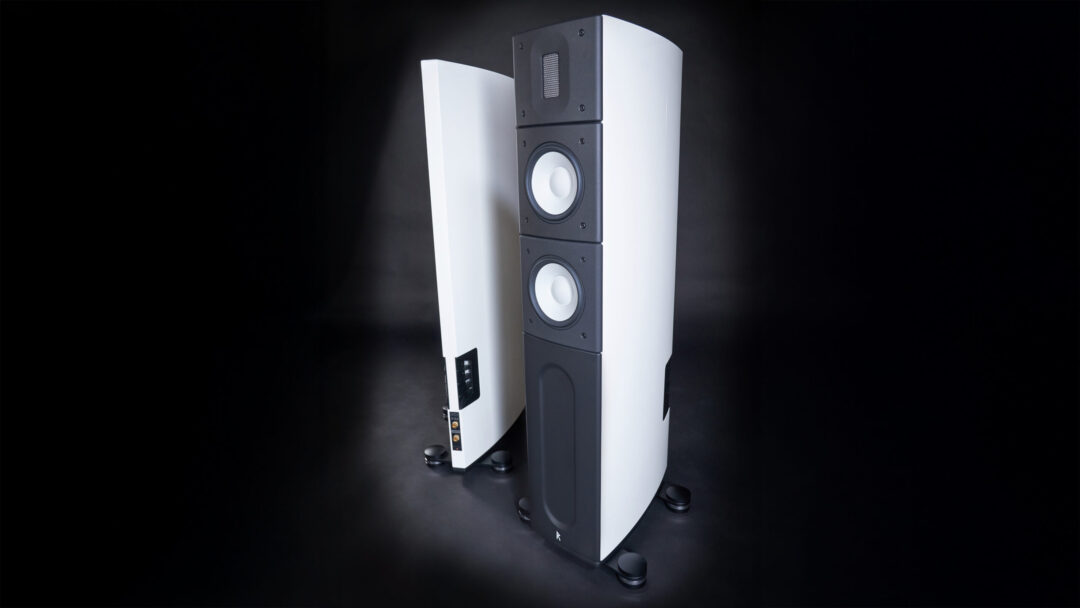The day started with a visit out of the ordinary. A supplier of power products had come to demonstrate what cleaner power can do for sound. Although I know it helps, I was sceptical about how much of a difference it could make. This time, however, it turned out to be much easier to distinguish between “dirty” and clean power with your ears. A lot of the credit goes to the speakers. The Raidho X2.6 rose to the occasion, delivering more and more detail with each step up the power components. It was almost comical, and at the top end, the goosebumps were palpable. Now we’re in the ultra high-end class, and every detail in every link in the chain counts. But I had no idea that you could conjure up such a realistic and large soundstage.
Danish Raidho has never made cheap speakers, but they are known for delivering great sound quality. However, while the biggest and most expensive creations are far beyond the budget of ‘ordinary people’, I’ve mostly concentrated on testing the more affordable models. For those who have followed my tests of the X1t, X1.6 and X2t, I complete the quartet with the new X2.6 mid-sized floorstanding speaker – the largest model in the new X series so far.
The X2.6 is, like the X1.6 was compared to the X1t, a larger version of the X2t. But without the exclusive tantalum coating on the woofer. It may sound like a step down in quality, but think of it as a different prioritisation – a bigger and deeper soundstage at a less prohibitive price compared to what a larger X2t would cost.
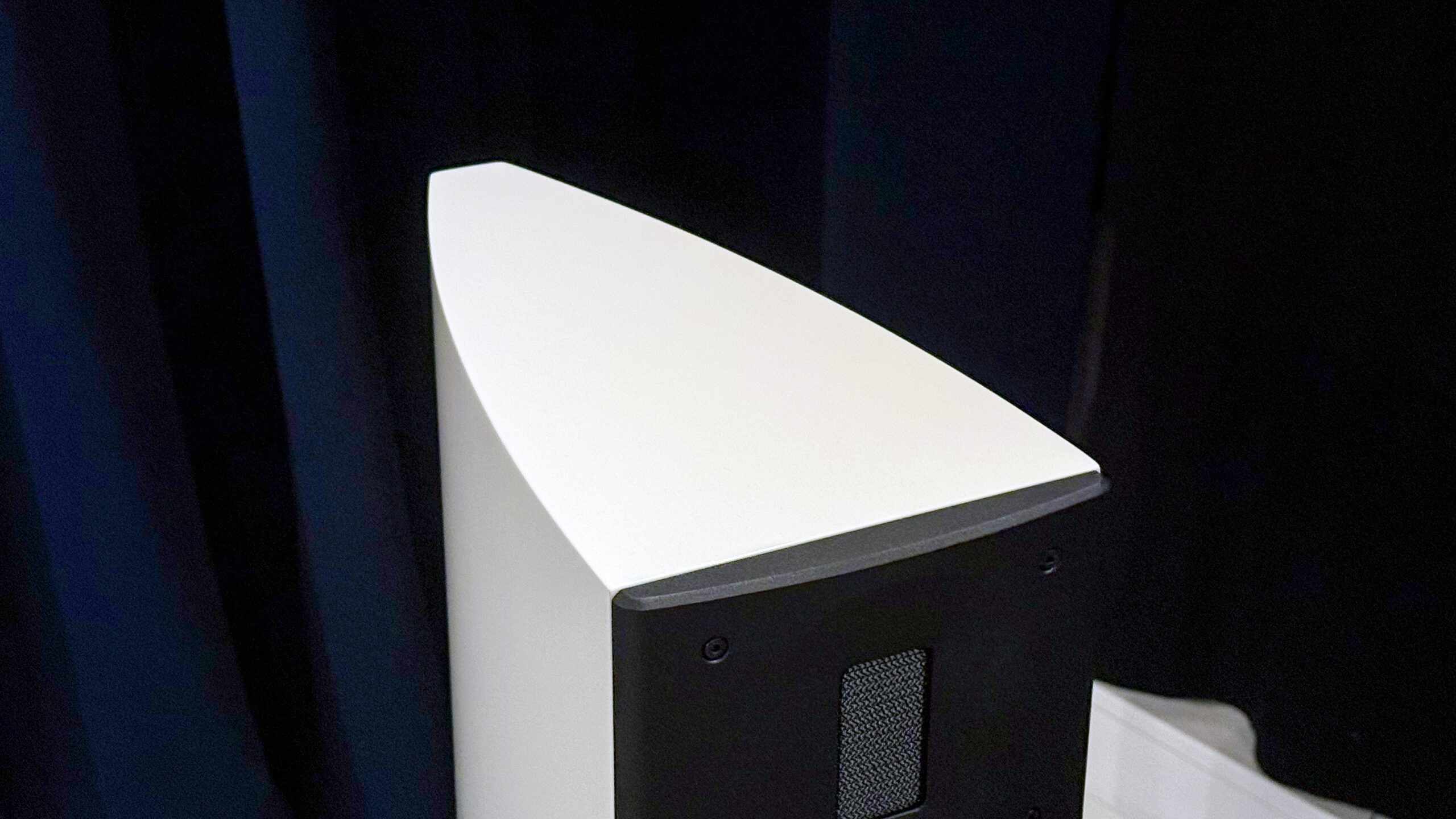
Unique technology
A Raidho speaker is never just a speaker. It is the result of an uncompromising pursuit of perfection, right down to the smallest details.
The tweeter in the X2.6 is the iconic planar magnetic ribbon tweeter that has made Raidho famous, with a razor-thin 11 micrometre foil of just 20 milligrams. The result is an astonishingly fast and well-resolved tweeter with a break-up point high above the audible range – all the way up to 82 kHz! All to achieve the cleanest sound possible.
The bass and midrange are reproduced by two 6.5″ ceramic woofers. While the more expensive models have an additional coating of tantalum for extra rigidity, the X2.6 has ‘only’ ceramic. But don’t worry – the ceramic diaphragms themselves are extremely stiff and lightweight, with a break-up frequency well above the crossover frequency (12.5 kHz).
Another Raidho signature is titanium voice coils. Titanium is actually a poorer electrical conductor than copper and aluminium, which has to be compensated for with a larger cross-section of the coil wire. But the advantage is that titanium is virtually unaffected by magnetism, which means the coil can move freely through the magnetic field. And the result? Better dynamics and speed.
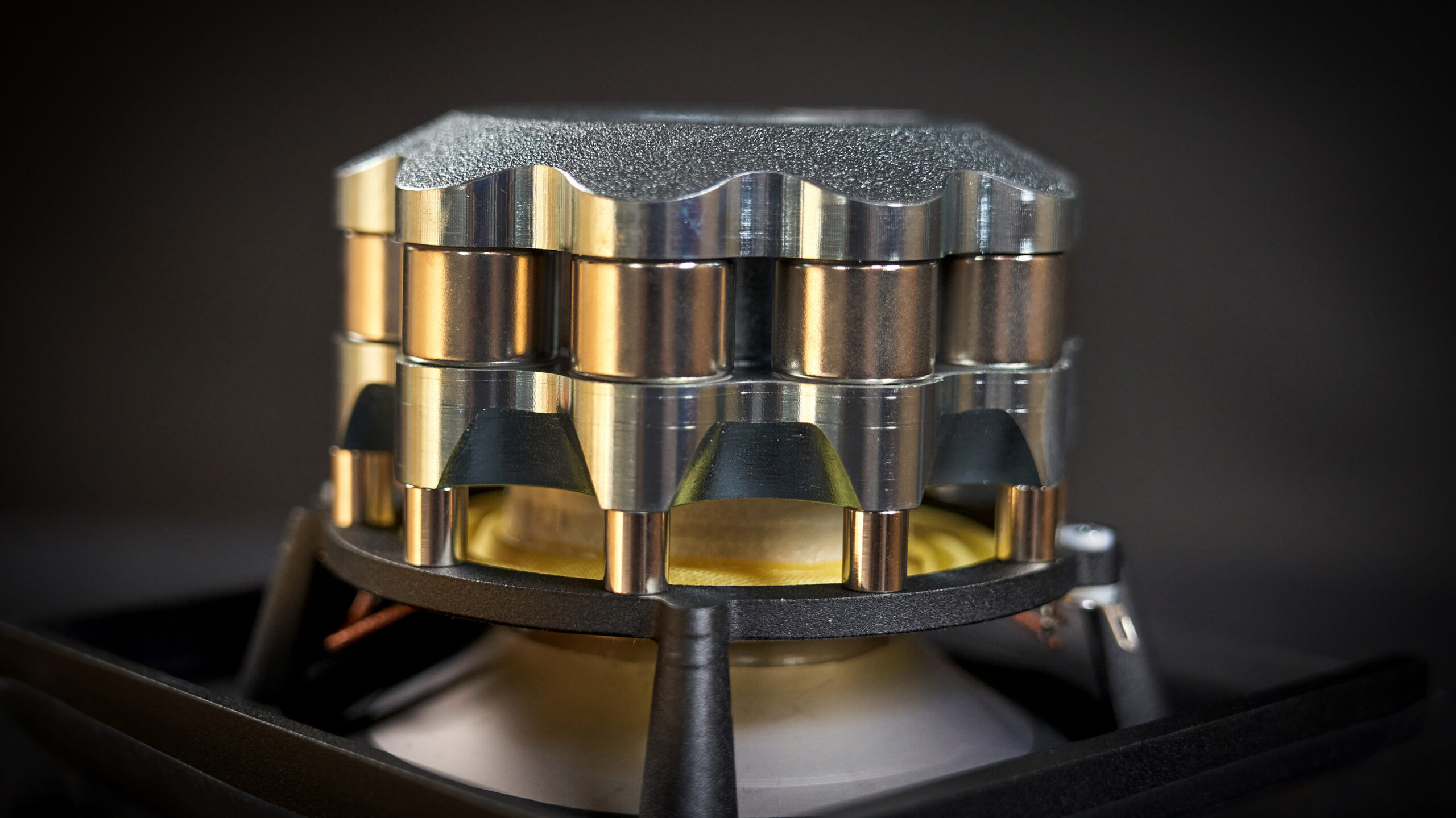
Elegant construction
The cabinet of the X2.6 is 21 mm MDF with a design that narrows at the rear – both to reduce standing waves inside the cabinet and to give the speaker an elegant and sleek footprint. The drivers are mounted on double front plates that are directly attached to solid aluminium plates glued to the MDF front.
Instead of traditional spikes, X2.6 has smart feet with integrated decoupling using ceramic spheres that are not visible from the outside. This provides effective isolation from the floor without damaging it. The bass reflex port on the back is also unusual – an opening that is divided into eight cells, each of which can be plugged with foam to fine-tune bass response.
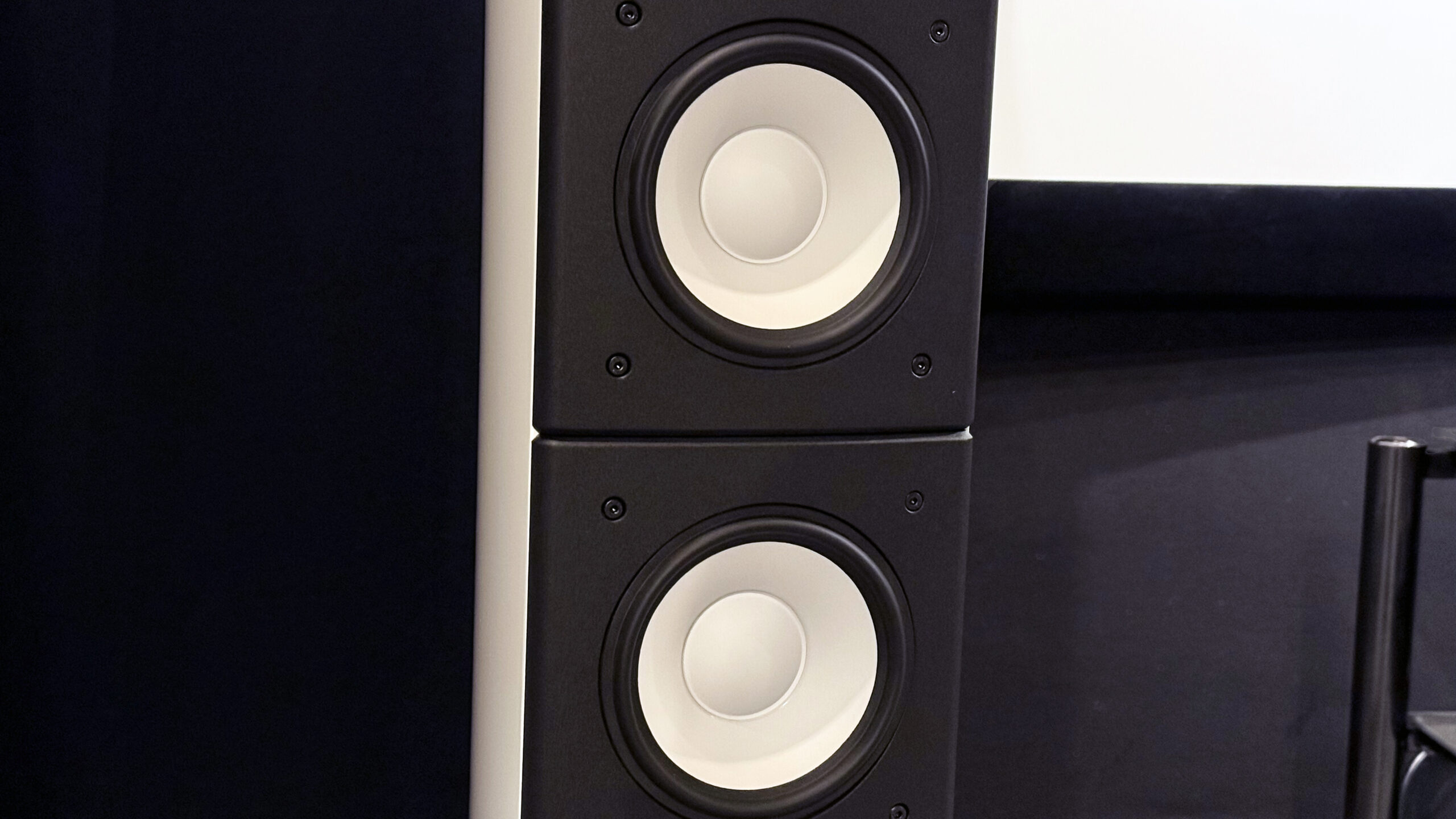
Placement and system
As with other Raidho speakers, placement is important, but the X2.6 is less critical than previous generations. In our 30 square metre test room, they worked optimally with the front about 1.5 metres from the back wall and about 120 cm from the side walls. And angled slightly inwards and pointing towards a point about three metres behind the seating area.
Several amplifiers were used in the test: Naim Uniti Nova PE, Hegel H590 and Musical Fidelity Nu-Vista 800.2, all of which are integrated and fantastic amplifiers in their own way. But then I also have the Hegel P30A preamplifier and two H30A power amplifiers to really separate the wheat from the chaff. The fact that they deliver 1,100 watts per channel isn’t that interesting in itself, but it’s the sheer calmness and richness of the soundstage!
The Hegel Viking CD player, Hegel D50 DAC and Macbook Pro M4 Max with Roon have also been important pieces in this game. And not least, an IsoTek V5 Sigma power filter has proved invaluable when it comes to getting the most out of these speakers.
Amplifier differences
The soundstage from the X2.6 is so clean and resolved that it’s almost frighteningly realistic. It’s as if the speakers disappear, leaving only the music floating in space.
The speakers act as a high-resolution window into the properties of the electronics. With the Hegel H590, you get an extremely neutral and controlled presentation with a large, precise soundstage. Naim Uniti Nova PE provides a more immediate, almost physically tangible energy, especially in the midrange. Musical Fidelity is also at its best with extremely crisp dynamics and great resolution – the kind of neutral and balanced sound a sound engineer would appreciate. However, the biggest highlight came with the separate Hegel system with the P30A and the two H30A monoblocks – here the soundstage opened up further with even more three-dimensional space and bottomless dynamic excess. Raidho’s extreme resolution and microdynamics mean that each amplifier can show its unique sound character, and even small changes in the signal chain are immediately audible. For the discerning listener who really wants to utilise the full potential of the X2.6, I would probably highlight the Musical Fidelity amplifier if you don’t plan to spend at least as much on the amplifier as on the speakers.
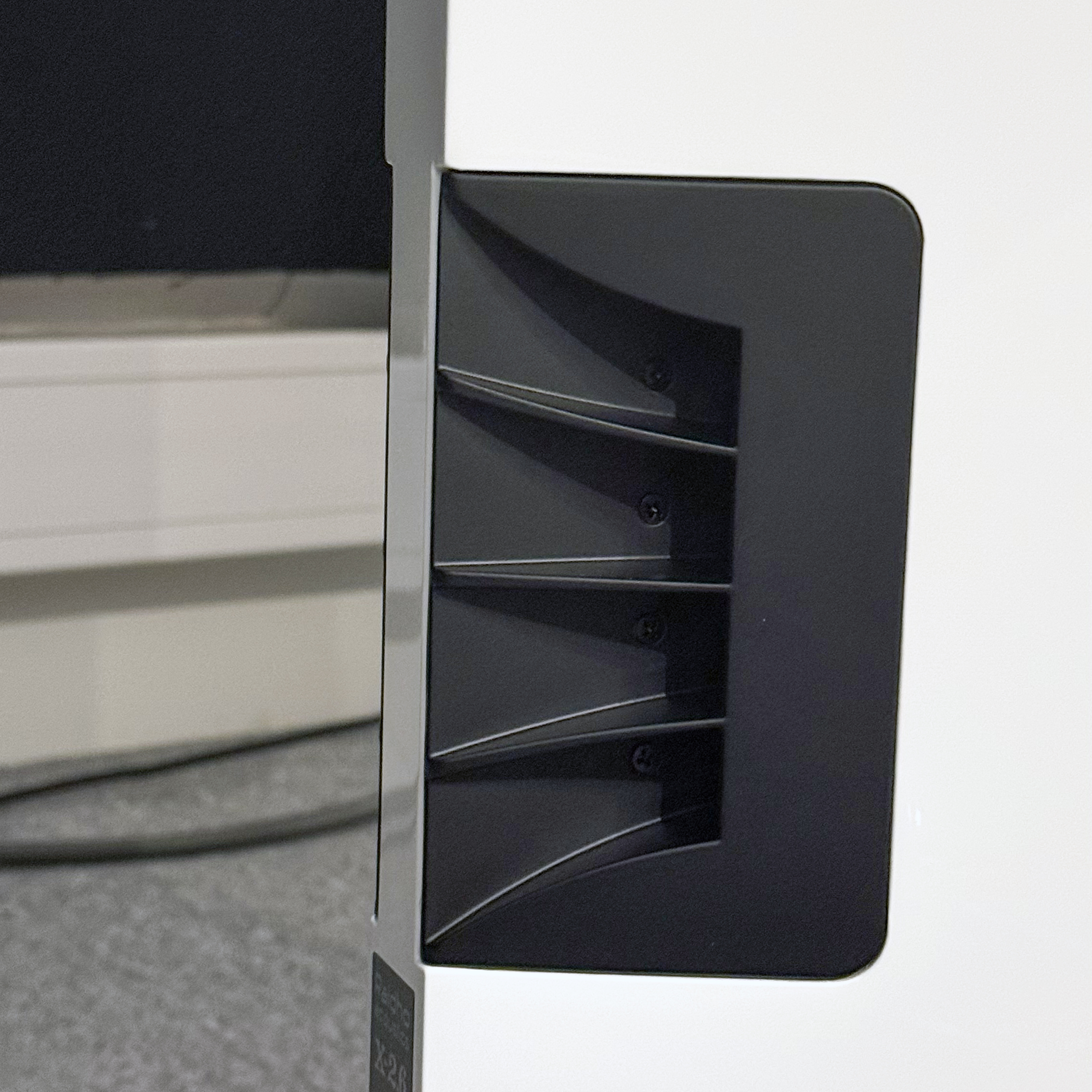
Sound magic from the Raidho X2.6
Maria Mena’s Kiss cover I Was Made for Lovin’ You becomes a complete revelation through the X2.6. The wide frequency range of the double bass, from the deep chords to the strike of the crystal clear notes, is presented with such purity that I almost have to pinch myself. The instrument retains its acoustic ‘body’ throughout the entire register.
Most striking, however, is how Mena’s voice is presented. Her sensitive vibrato floats in the air between the speakers with all the microdynamic nuances preserved – from whispers to more powerful outbursts. There is an emotional transparency that is rare to experience, even in the high-end class. The voice is both airy and dense, with no trace of artificial sharpness or compression.
To explore the electronic complexity, I play Boris Blank’s Electrified. The song is built in layers of subtly panned effects and layers of synth arpeggios that span the entire stereo width. The X2.6 recreates virtual space with astonishing precision. Brilliant use of deep base effects and complex rhythmic patterns are presented with a control that keeps each component separate. While playing loud may not be the speakers’ most pronounced strength, it’s impressive how the speakers manage to maintain transient response without smearing the sound, even in the most challenging passages.
To test raw energy and dynamic endurance, I turn to Marilyn Manson’s Third Day of a Seven Day Binge from 2015. The raw, unpolished production with distorted guitars and Manson’s shifting vocals – from whisper to scream – are handled with an ease that allows me to distinguish between deliberate compression and artistically intended rawness. The bass line, which sounds simple but requires precise control, is delivered with punch and authority without slipping.

Larger scale and bass
Compared to the X2t, the X2.6 has a significantly more extended bass response. Not only does it go deeper, but it also has a more relaxed and natural bass response, especially in larger rooms.
The bass response is particularly impressive on Massive Attack’s Angel, rolling through the room with an authority that makes you forget you’re listening to speakers.
That said, the same rhythms played through the KEF Blade Two Meta or Dali Epikore 9 make me shiver more, but the X2.6 has other strengths worthy of a few tears and a good dose of goosebumps.
The benefit of a power filter
One thing I realised during my testing was what I hinted at in the beginning; how important a proper power filter was to the experience. A demonstration of IsoTek’s power filters; from the simple Polaris to the lavish Aquarius with separate filters for all outputs and finally the Sigma with even more expensive filtration, provided some real aha moments.
And although there was a big difference already with the cheapest Polaris filter, it wasn’t until the IsoTek V5 Sigmas were connected that the X2.6 really opened up and reached its full potential. Without the filter, the sound was still very good, but with the filter it was transformed into something extraordinary – more three-dimensional, with better separation, deeper woofers and a treble that was even more detailed without being harsh. Everything got better.
It’s not the speakers’ fault, I’d rather call it a strength that they are able to distinguish between all sources. It’s still worth mentioning if you want to invest in this price range because even though it might sound strange, you will never regret investing in a power filter. Just make sure you buy one that doesn’t stifle the dynamics of the process. They do exist.
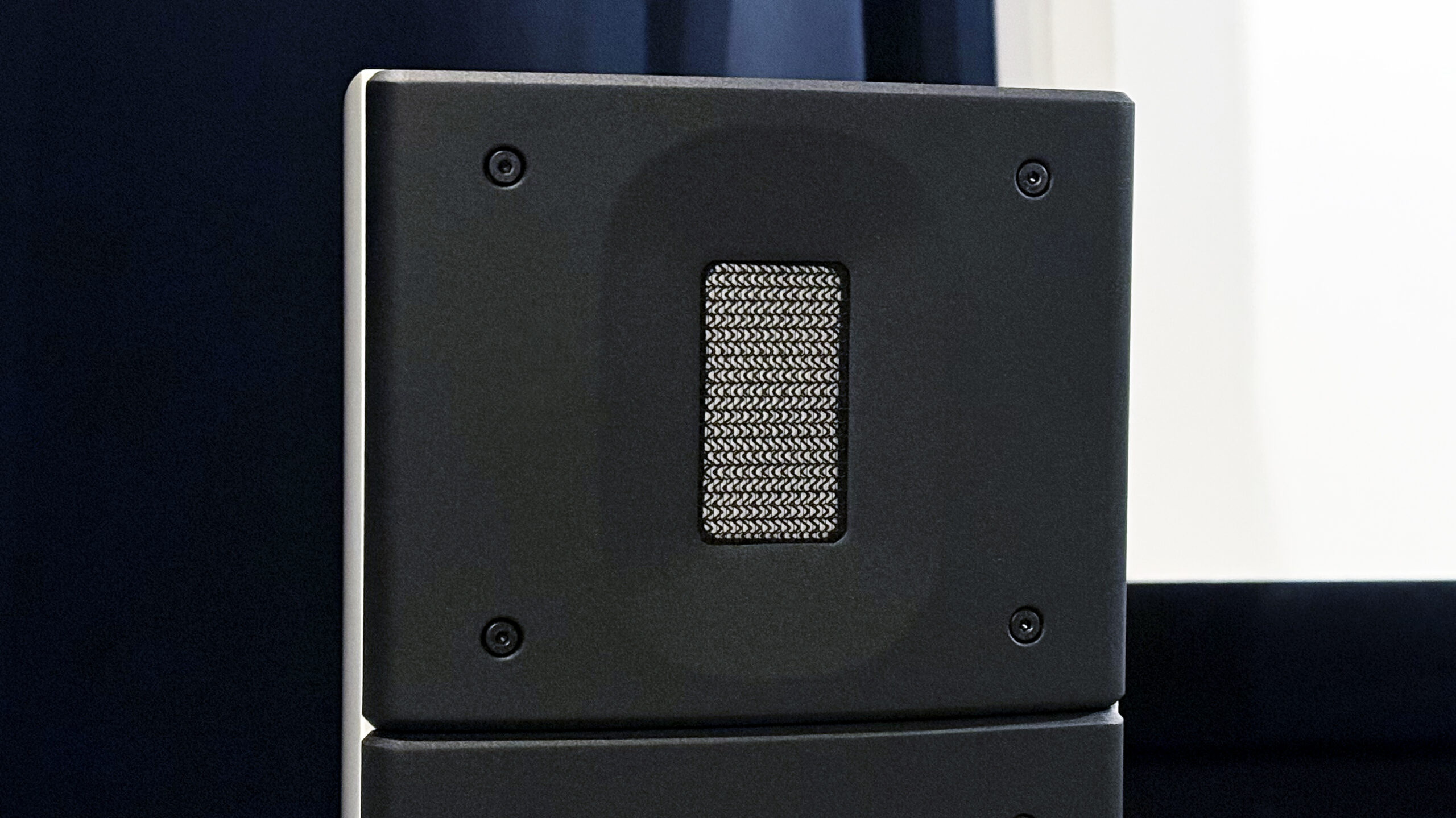
Competitors
There are several strong competitors in this price range. The Bowers & Wilkins 803 D4 is perhaps the most natural comparison with its diamond tweeter and high technical level. But B&W has a more technically perfect sound, where the Raidho X2.6 has a warmer and more engaging presentation.
The Dali Epikore 7 is another contender with its hybrid tweeter, but Raidho has a more airy and detailed soundstage, especially in the treble. The Ø Audio Icon 12 offers more bass and sound pressure for the money, but lacks the clock-like resolution that makes Raidho so special. The KEF Blade Two Meta has thunderous dynamics and a boldness that is almost unique in its class. But where they can also get a little strained in the upper midrange, the Raidho just sounds ultra-clean all the way through.
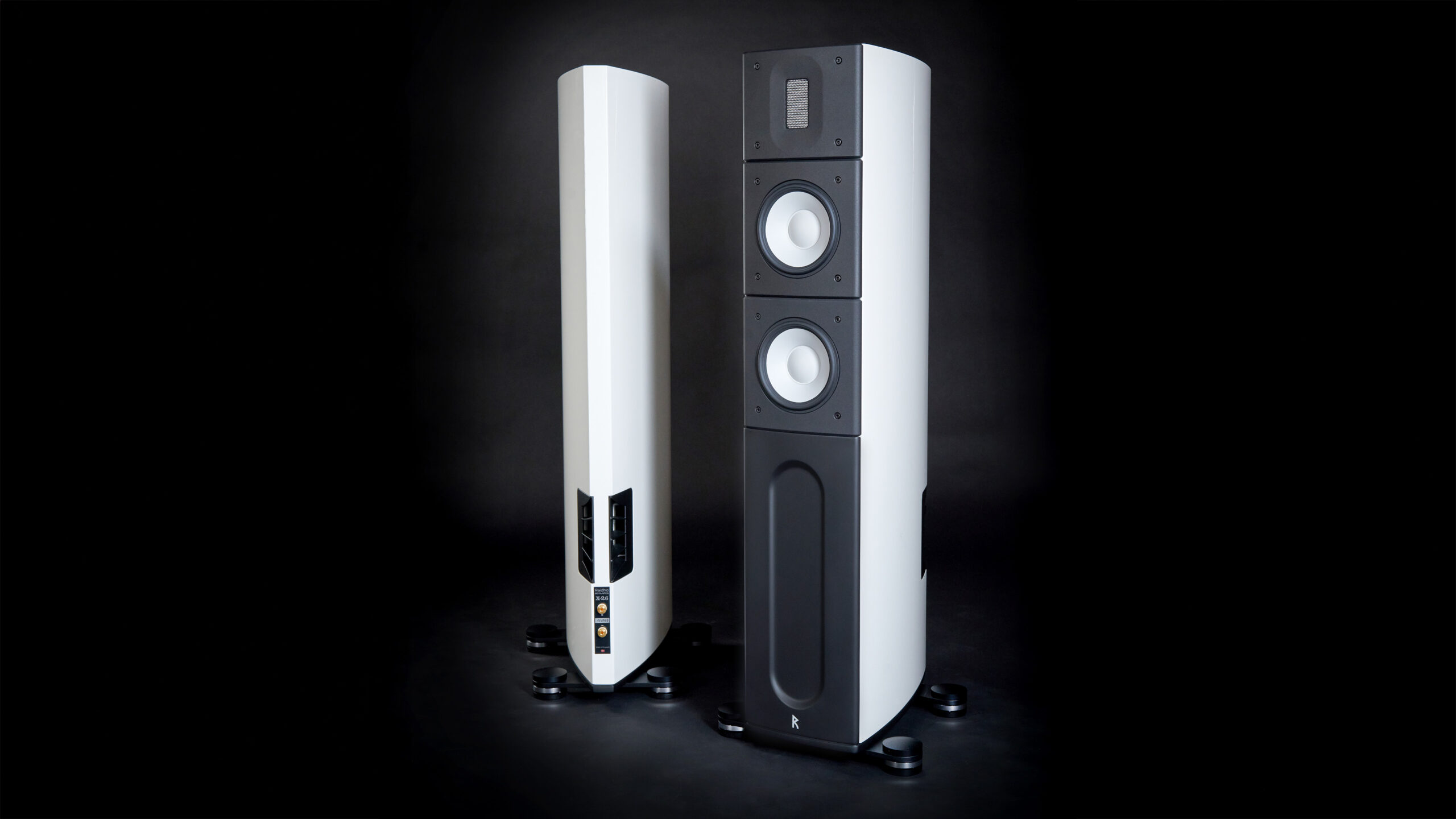
Conclusion
Raidho X2.6 is for those who don’t just want to hear the music, but experience it in all its depth and complexity. These speakers aren’t for everyone – they require careful placement, fabulous components and, most importantly, a clean power supply. But for those willing to give them what they need, the X2.6 rewards with a sound experience so close to musical reality that you have to pinch yourself.
The magic happens when everything clicks and suddenly you’re in the middle of the music. X2.6 has all the special qualities that make Raidho stand out from the crowd, with a scale and authority that suits medium-sized to slightly larger rooms.

We think
Extraordinary resolution and clarity, with a larger and more natural soundstage in larger rooms than smaller Raidho models. Exceptionally realistic reproduction of instruments and voices. Care must be taken with placement. Needs great electronics and clean power grid to show its full potential. Hefty price tag.
21000 €
Specifications
- Type: 2.5-way bass reflex
- Woofer: 16.5 cm (6.5″) ceramic
- Midwoofer: 16.5 cm (6.5″) ceramic
- Tweeter: Planar magnetic ribbon tweeter
- Sensitivity: 87 dB (2.83V, 1m)
- Impedance: >6 ohms
- Frequency range: 32 Hz – 50 kHz
- Crossover frequency: 140 Hz and 3.5 kHz (2nd order)
- Max load: Not stated
- Recommended amplifier power: >100 W
- Dimensions/weight (cm/kg): 106.5 (H) x 36 (W) x 41 (D) / 30 kg
- Colours: Black high-gloss, white high-gloss, other colours on request
- Web: raidho.dk
